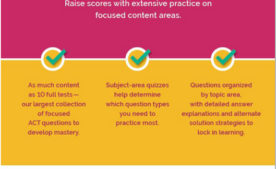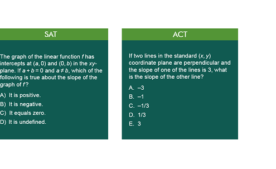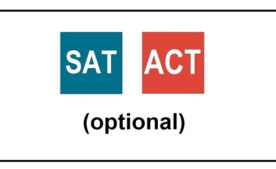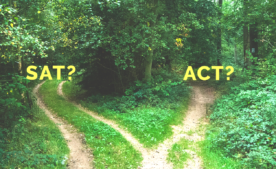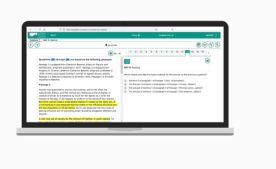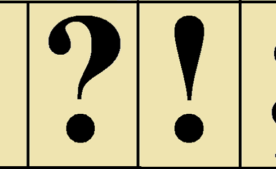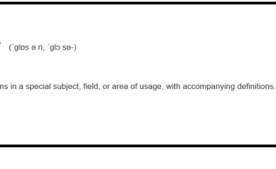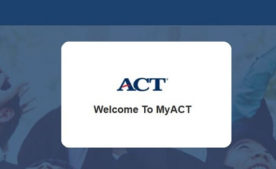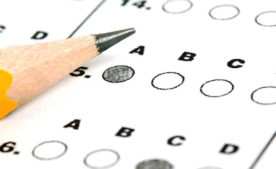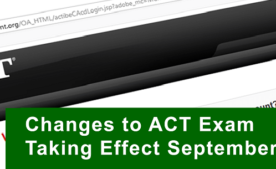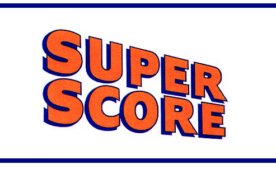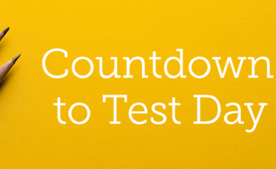Welcome to our third post in the series, What’s on the ACT. In this post, we’ll break down the ACT Reading test and share a few of the ACT Reading strategies and tips you’ll learn during your Summit tutoring program.
The ACT Reading test measures students’ reading comprehension. This goes beyond mere facts, though: students are asked to both answer questions about explicit statements and draw conclusions based on what’s implied.
The Reading section is always third, after the 10-minute break that follows the Math test. It’s 35 minutes long with 40 questions. The test contains four reading passages (although one of those will be a pair of two shorter passages) each with a set of 10 questions. Students have about 8 ½ minutes to read the passage and answer the 10 questions. Neither the passages nor questions are in order of difficulty.
ACT Reading Tip: We recommend that students aim to spend about 4 minutes reading each passage and an average of 30 seconds answering each question. Some of the questions on the Reading test are very straightforward; others require more analytical reading. As part of your Summit tutoring program, you and your tutor will develop a personalized plan of attack that lets you make the most of the available time.
Reading Passage Types
The passage types on the Reading test are very consistent: Prose Fiction/Literary Narrative is first, followed by Social Science, Humanities, and Natural Science. Many students tend to prefer one or two passage types over the others. Preferences may or may not correspond with skills— you may find it easier to do better on passages you enjoy, but this is not universally true. Your Summit tutor will help you play to your strengths to maximize your Reading score.
The Literary Narrative or Prose Fiction passage is usually an excerpt from a novel, short story, memoir, or personal essay. It may feel like they are lacking context, but don’t be concerned. ACT gives you all the information you need to answer the questions. Social Science passages tend to be research-based and focused on a societal topic, such as economics or anthropology. Humanities passages discuss the arts, which often leaves room for the author’s opinion. Natural Science passages focus on a natural phenomenon in a field such as biology or astronomy.
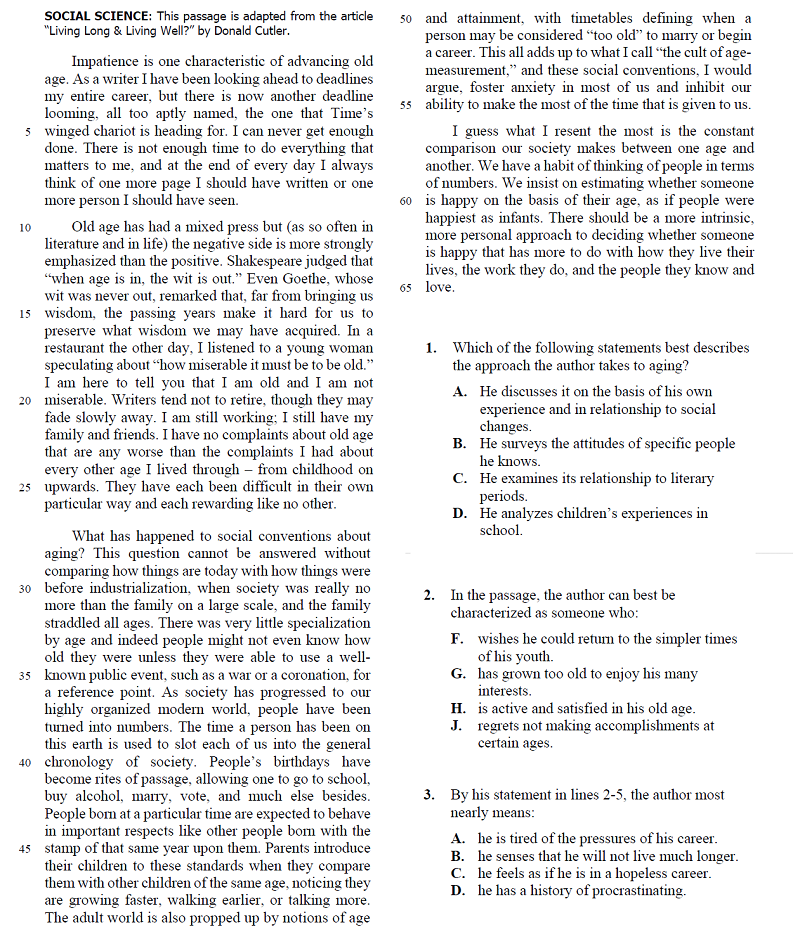
Unlike on the ACT English test, many students find that the subject matters to them for Reading. Staying engaged can be a real challenge on the Reading section, but unless you’re a very fast reader, you can’t afford to lose focus. Your Summit tutor will help you develop techniques to confidently handle any Reading passage, so you don’t have to feel that your performance depends on your luck.
It’s important to keep in mind that the ACT is an objective, standardized test. Every question, no matter how subjective it may feel, has one right and three wrong answers (four in the case of the Math section). The ACT is not looking for the kind of deep literary analysis you might spend time on in English class—that would require an essay to adequately convey. Instead, they have provided three wrong answers for every Reading question, each vetted by the test-makers. They believe that it’s clear which options are wrong, so if you’re torn between two, look for any detail, however technical or tiny it might seem, that will let you eliminate another option. In your Summit tutoring program, you’ll gain the perspective to see these questions as black-and-white with one clear right answer. The correct answer has to be 100% right—99% won’t cut it.
Question Types
The questions fall into three main categories: Key Ideas & Details, Craft & Structure, and Integration of Knowledge & Ideas.
Questions from the Key Ideas & Details category are more comprehension-focused. Some might ask you to answer a question about a detail from the passage or identify a sequence of events. Others might ask you to make an inference. Students often find the latter more challenging, as inference questions can feel more subjective. Even for inference questions, all the information you need to answer the question correctly is found within the passage.
Craft & Structure questions ask students to consider the author’s perspective. Why did they make the choices they did? How do they feel about the topic? Are they trying to convince us of something? Educate us? Share a personal experience? These questions might ask about the author’s point of view, why they chose a particular word, or what the word means in the context of the passage. Craft & Structure questions challenge students to think about an essay’s components. What is the purpose of each paragraph, and how does it play a part in making the author’s point?
Integration of Knowledge & Ideas questions tend to appear frequently on the paired passage (remember that one of the passages is a pair of two shorter ones). These include more complicated versions of Craft & Structure or Key Ideas & Details questions. For example, they may ask you to compare the two authors’ points of view. You may also get questions examining the way the authors have built their arguments.
3 Strategies for Taking the ACT Reading Test
Read Actively – Even though you might find the reading passages boring, active reading is a great way to stay engaged. Underline topic sentences and main ideas. Think about the author’s perspective and how they structured the passage. Above all, stay focused and keep moving through the passage.
Read the Passage First, Just Once – We do not recommend reading the questions first. Your focus should be on understanding the passage, and reading it actively. Don’t get bogged down by unfamiliar words or unpronounceable names. If you find yourself reading without taking it in, don’t panic. Take a breath and regain your focus. Remember that you can come back to any parts you need to when you’re answering the questions.
Anticipate the Answer – The ACT includes “attractors,” plausible answer choices meant to mislead students. On the Reading section, attractors often take the form of answers that are mostly but not entirely correct. Anticipating the Answer is a great way to avoid attractors: if you know what you’re looking for, you’re far less likely to fall for the trap—or choose an answer choice you wouldn’t have otherwise considered.
How the Reading Test Impacts Your ACT Score
The Reading section accounts for 25% of your ACT score: the English, Math, Reading, and Science sections are weighted equally and are averaged to determine your composite score. Because all four sections are equally weighted, maximizing your score on a section that you find easier takes some pressure off the other three. If you are a strong reader, this would be a good section to target in increasing your composite and super scores. (The Science test might also be a good target for you.) If you find the Reading section especially challenging, don’t get discouraged: remember that you can compensate by working to improve your score on one or more of the other sections.
TAKE A FREE PRACTICE ACT
STUDENTS CAN TAKE OUR PROCTORED PRACTICE TESTS IN-PERSON OR REMOTELY.
As a complimentary service, Summit offers free proctored practice tests and a no obligation consultation to analyze the Score results in detail and provide guidance on your testing plan. Taking practice tests under realistic conditions gives students exposure to the test question types and pacing in a no-risk environment.
View the Schedule





